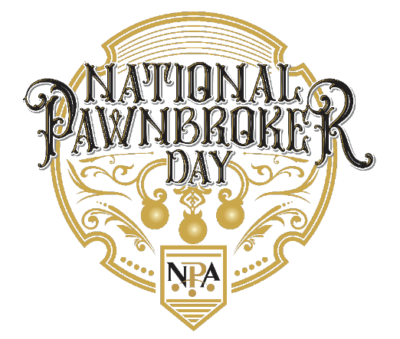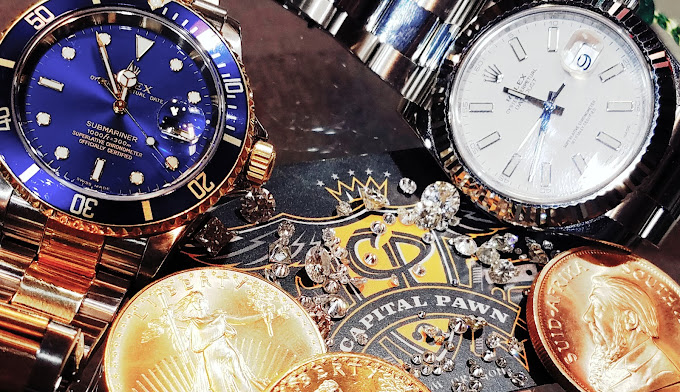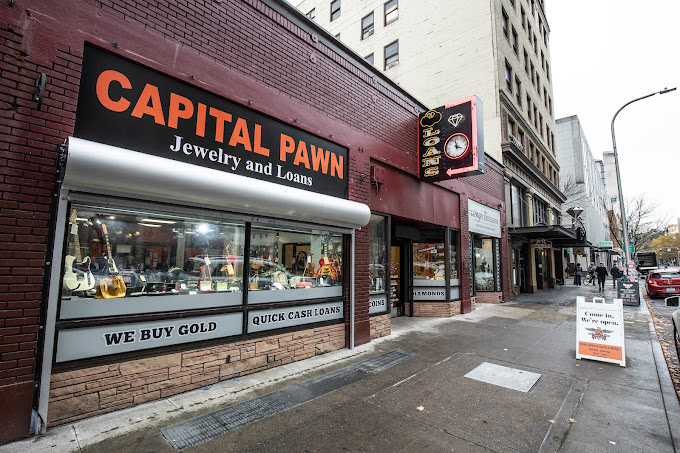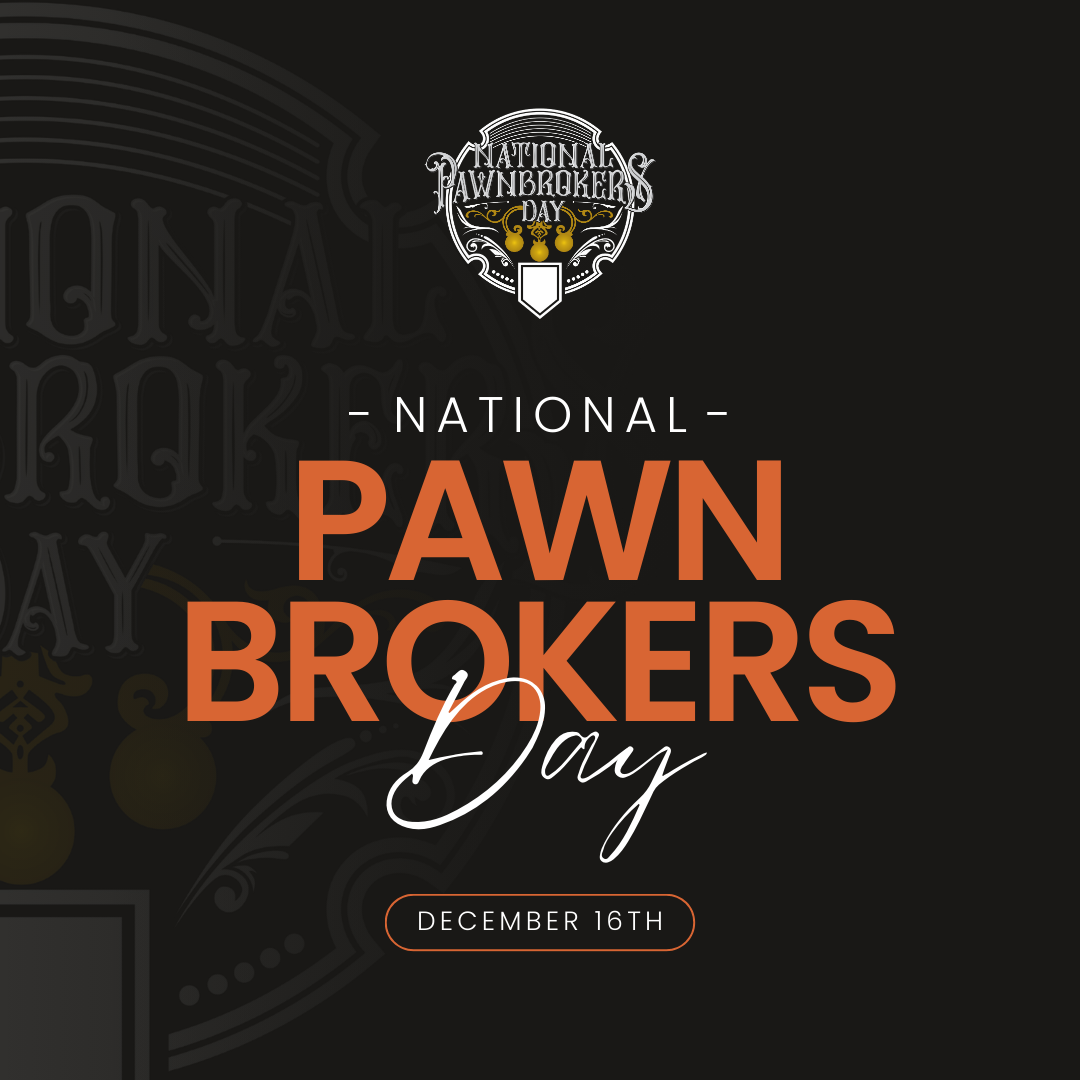
Pawnbrokers have provided cash loans in exchange for valuable items for thousands of years.
Each year on December 6, National Pawnbroker Day pays tribute to a centuries-old profession that provides a valuable service to their clientele. Whether they’re in need of short-term lending or a great deal on an item to purchase, millions of customers visit pawnshops every year.
St. Nicholas, recognized in America as Santa Claus, is the Patron Saint of pawnbroking, and his three bags of gold have always been the international symbol of pawnbrokers. Saint Nicholas of Myra is famed for his generosity and for his penchant for secretly leaving gifts for people in need.
People often ask how St. Nicholas became associated with pawn shops. In the early 14th century montes pietatius, precursors to today’s pawnshops, were established by Franciscan friars. They gave low-interest loans to families so they could buy food. The Franciscans alone started 150 montes pietatius. In 1514 Pope Julius II gave an edict endorsing montes pietatius, as they provided necessary support to European peasants. Because St. Nicholas had generously provided help to the man who needed dowries for his daughters by providing three bags of gold, he was recognized for his generosity and concern for others and became the patron saint of the montes pietarius.
Pawnshops emerged in Ancient China over 3,000 years ago to grant short-term credit to peasants. Pawnbroking also thrived in ancient Greece and Rome, often giving merchants a way to fund their small shops. During the Middle Ages, restrictions were placed on charging interest by the Catholic Church, halting pawnshops’ growth. These rules were relaxed in the 14th and 15th centuries in Europe as short-term credit became an important way of financing business endeavors and granting temporary aid to the poor. Prominent families such as the Lombards of England and the Medicis of Italy became known as money-lending families. England’s King Edward III famously pawned his jewels to the Lombards in 1388 to help finance war against France, and Queen Isabella of Spain is said to have put up her jewelry as collateral to fund Christopher Columbus’ expeditions to the New World.
The word “pawn” stems from the Latin word “patinum,” meaning cloth or clothing. For the working class, clothes were often the most valuable items they owned. Though most pawn shops have historically been privately operated, some public pawnshops were set up as charitable funds in Europe in the 18th century, offering low-interest loans to the working class to curb debt. The practice of pawning clothes on Monday and retrieving them on Friday–“payday”–was a common way for working class people to make it through the week during the 19th century. Since people in need of quick cash were more apt to be on society’s fringes during this era, protections were put in place to try to prevent the pawning of stolen items. The Pawnbrokers Act of 1872 in England established regulations protecting pawnbrokers who inadvertently sold stolen items. This act also stipulated the amount of interest charged on pawned items and set out general guidelines for the industry, establishing a regulation pattern that exists even today.
As a matter of fact, you can always rest assured in purchasing and loaning at Capital Pawn as we are one of the most highly regulated industries in today’s world.






